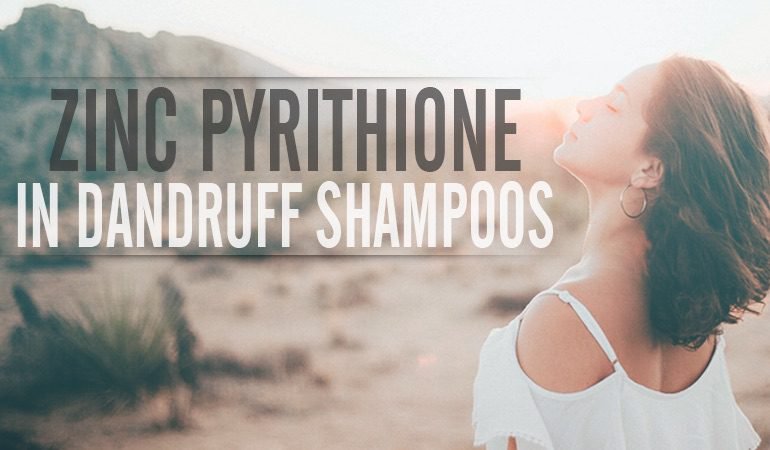近期文章
近期评论
- 增大发表在《US Gulf Coast LPG on the rise as Mariner East 1 remains offline》
- разнорабочие发表在《LATIN POLYMERS》
- 营销软件发表在《February US ethylene contract prices settle down 2.75 cents/lb: sources》
- 闺房独自乐发表在《Double positive stimulus, toluene market in Asia rapidly developed on January》
- 民间秘术发表在《Paint factory fire occurs one after another, the year is approaching and security should be in heart forever》



Leave A Comment
You must be logged in to post a comment.